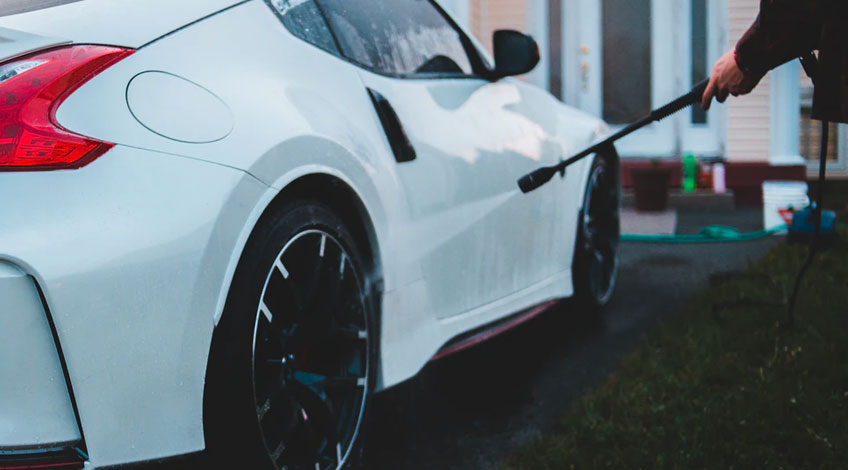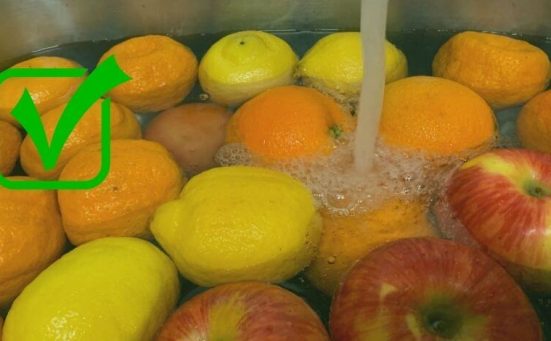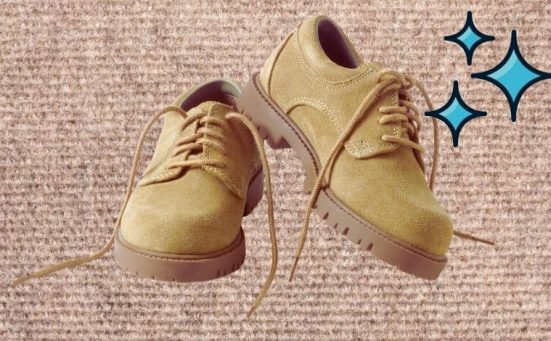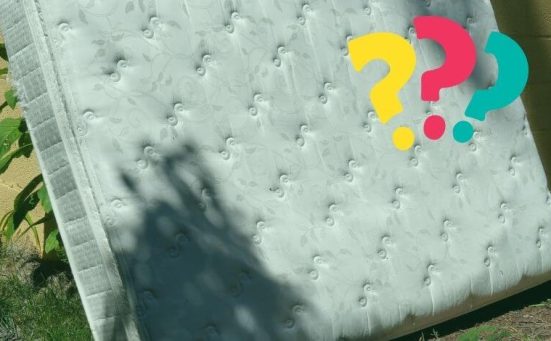
How To Use A Pressure Washer Without An Outside Tap
There’s no denying that a pressure washer makes short work of most outdoor cleaning jobs. Not only are they quick and powerful, but pressure washers are also fun to use. Most pressure washers use a hose connected to an outside tap and this is the most convenient way to use a pressure washer.
Does that mean that if you don’t have an outside tap, you can’t use a pressure washer? That would be sad, and possibly expensive too. Plumbers don’t come cheap, and it could also mean you’d have to have extensive pipe work done too.
If you’re interested in getting a power washer, and are put off because you don’t have an outside tap, read on. We have the perfect solutions for you without getting into the expense and disruption of fitting a tap you probably don’t need for anything else.
5 Ways To Use A Power Washer Without An Outside Tap
We’ve come up with 5 ways to use a pressure washer without using an outside tap. Listed in no particular order here are 5 ways to operate a pressure water without having a tap outside.
#1 Using A Bucket
There are some pressure washers that are capable of running from water supplied from a bucket. These models have a suction hose that draws the water into the pressure washer. You need to check with the manufacturer first to make sure the model you are buying has this feature.
There is a drawback to using a bucket, most pressure washers have a water flow rate of between 1.6-2 Gallons Per Minute (GPM). The average bucket has a 2 gallon capacity, this means your bucket will be emptying every minute. You then have to refill the bucket before you can continue power washing.
The average time it takes to power wash a car is around 20 minutes this equates to the use of 40 gallons of water, that’s 20 buckets!
#2 Using A Water Butt
If you have a rain water butt, the same machine that can be fed water from a bucket can be fed by a water butt. The obvious advantage of a water butt over a bucket is the quantity of water a water butt can hold. Also if it’s rain water, it has no cost involved especially handy if you’re on a water meter.
There is one disadvantage however, you have to check to make sure there is no dirt or debris in the water butt, as this can not only clog the uptake hose, and possibly damage the internal pump, but also make the object being cleaned, dirtier.
#3 Using Water From A Well
If you are fortunate enough to have a well in your garden, it’s possible to use this free source of water to feed your pressure washer. Problems that can be experienced are your suction hose is too short, or the water is not clean. You can probably extend the hose to solve that problem but you’d definitely need to check the cleanliness of the water before use.
#4 Run The Hose From An Inside Tap
Most connectors will fit an inside tap and if not these are easily obtainable from decent DIY stores. You’ll need a long hose and either an open door or window, not so clever in Winter. This will also put a limit on how far your pressure washer will reach, and possibly restrict your usage.
#5 Invest In A Portable Pressure Washer
Most reputable pressure washer manufacturers have recognised that some people don’t have the capacity for an outside tap, but still want the convenience of a pressure washer. Their solution is the portable pressure washer. These work on a similar principle as regular pressure washers but as they have an onboard water tank, you don’t need a hose connection to a water supply.
There are a couple of slight drawbacks to using a portable pressure washer. Firstly, you still have to find a way to fill the water reservoir, usually from an inside tap. And secondly as the water tank is incorporated into the machine, it can be relatively heavy. The designers have helped to combat the weight thing by fitting wheels to help with portability.
So that’s it, 5 ways to use a power washer without an outside tap. As you can see with a little imagination and research it is possible to enjoy the freedom of pressure washing without the added expense of fitting an outside tap.
Bonus Tip
To help prevent leakage from either the hose connected to an indoor tap or the extension hose (if used) wrap some plumbers tape (PTFE tape) around the thread before connecting the hose to either the tap or the pressure washer, this will give a nice tight fit and stop water leakage.
Also, follow us on Pinterest ...



